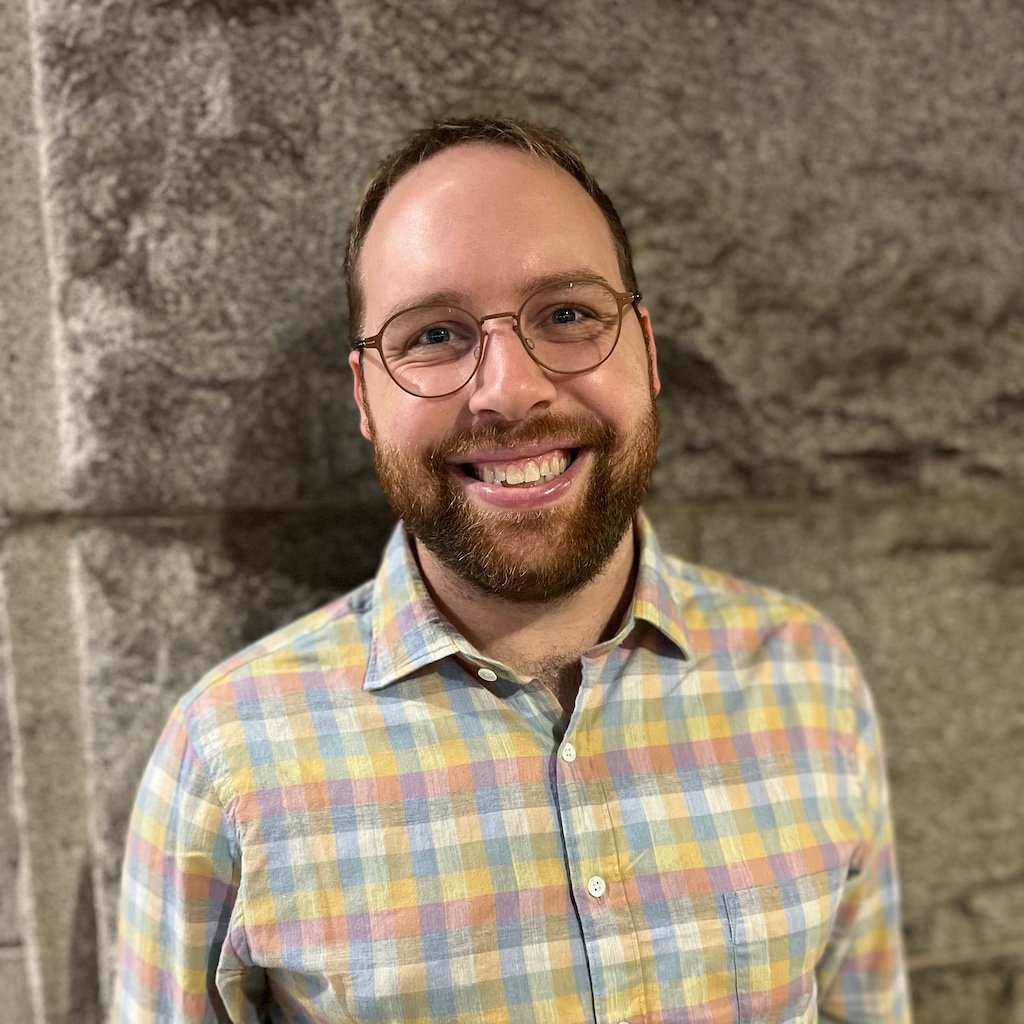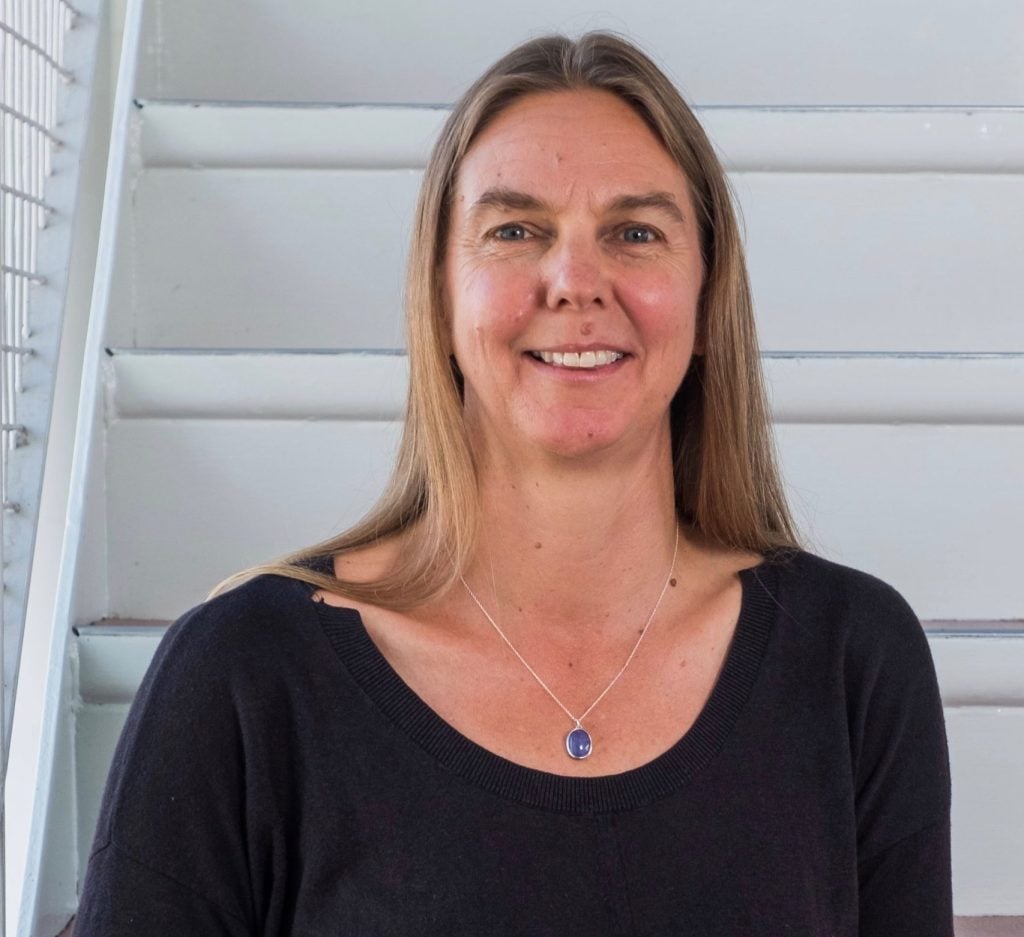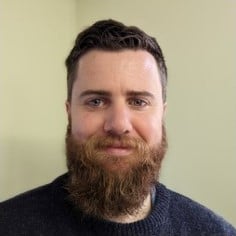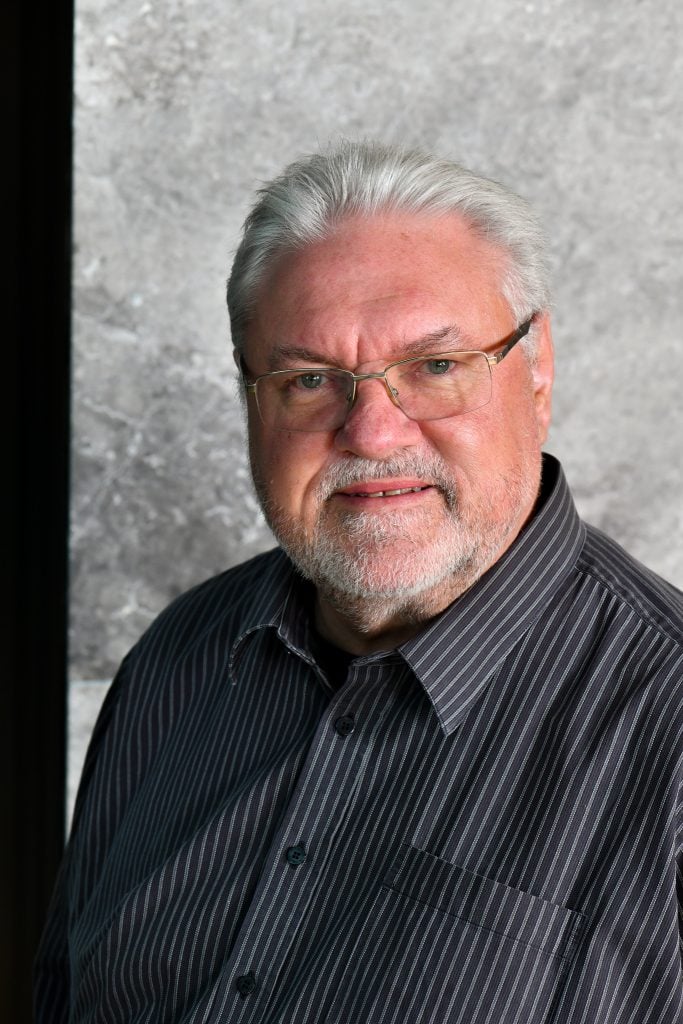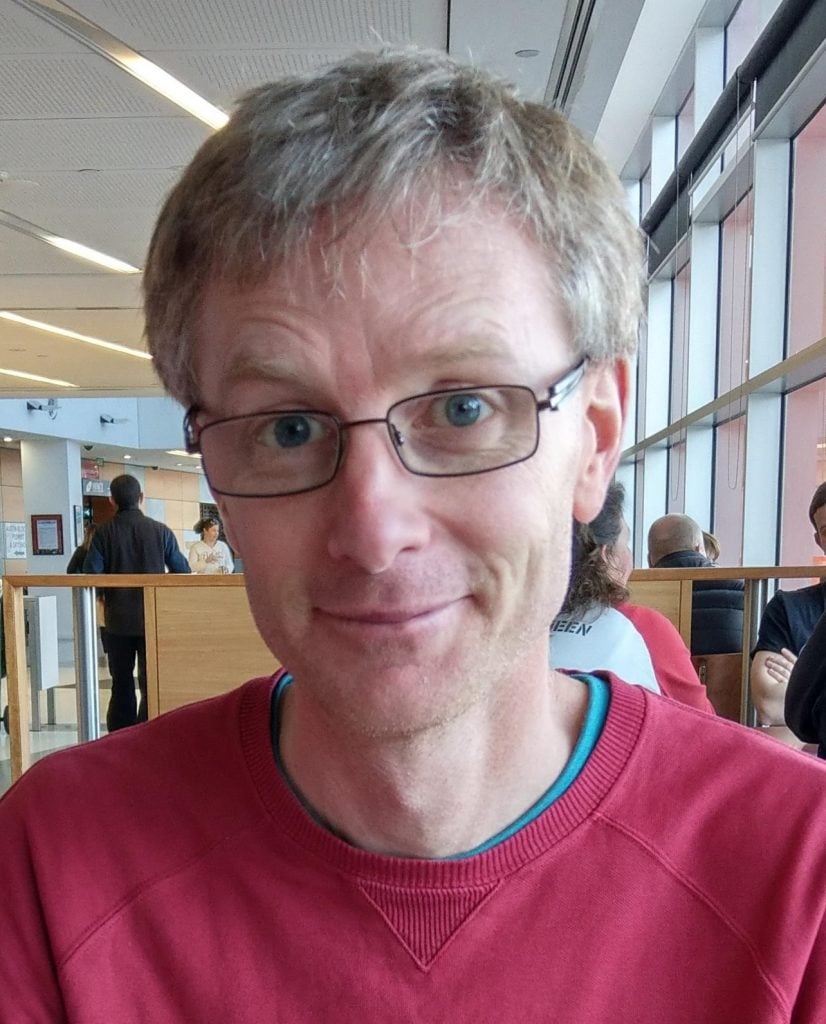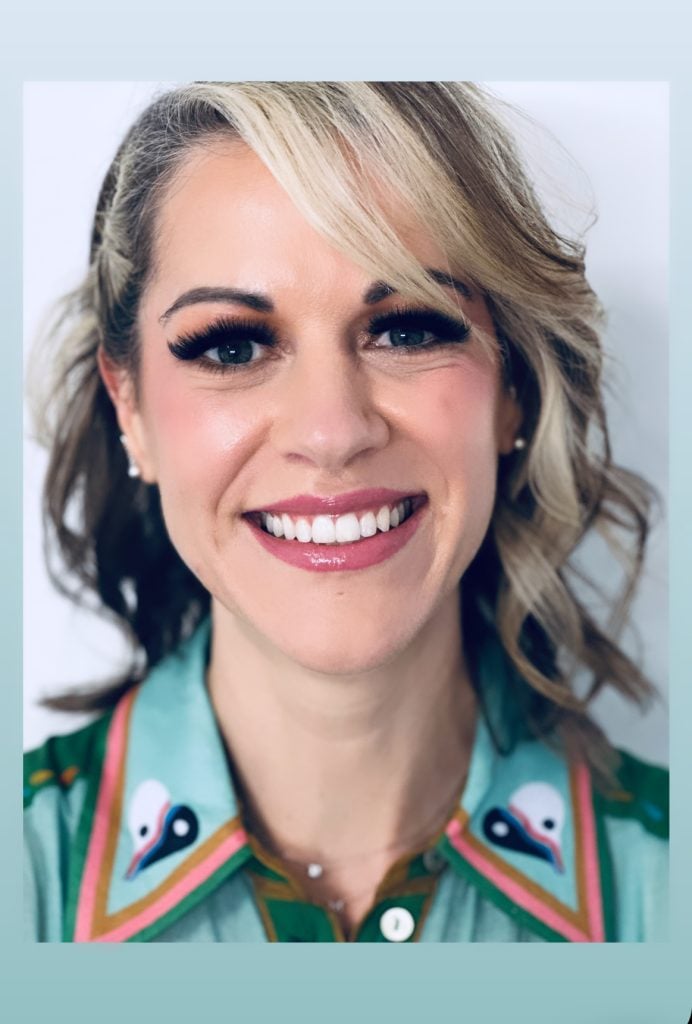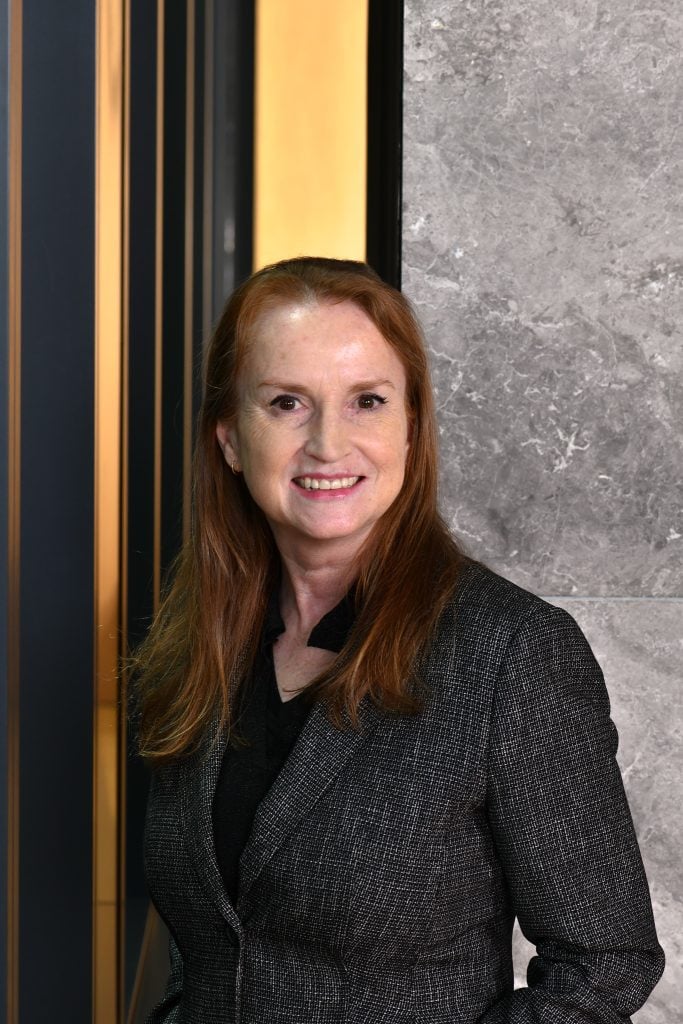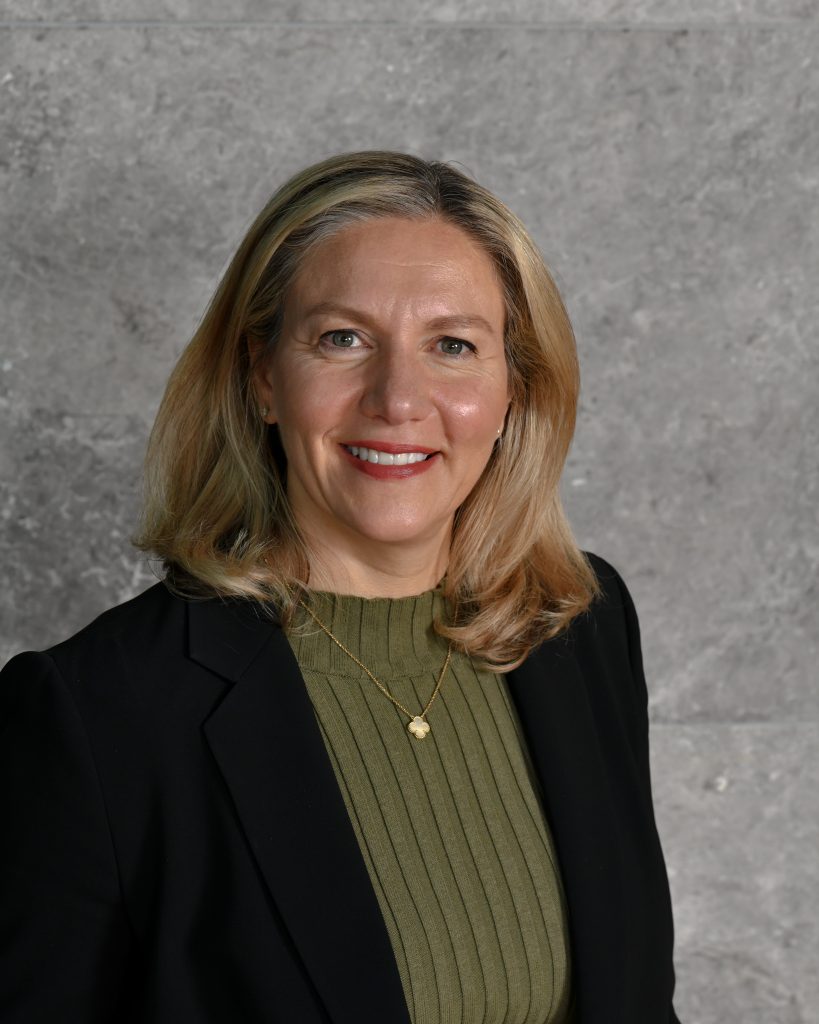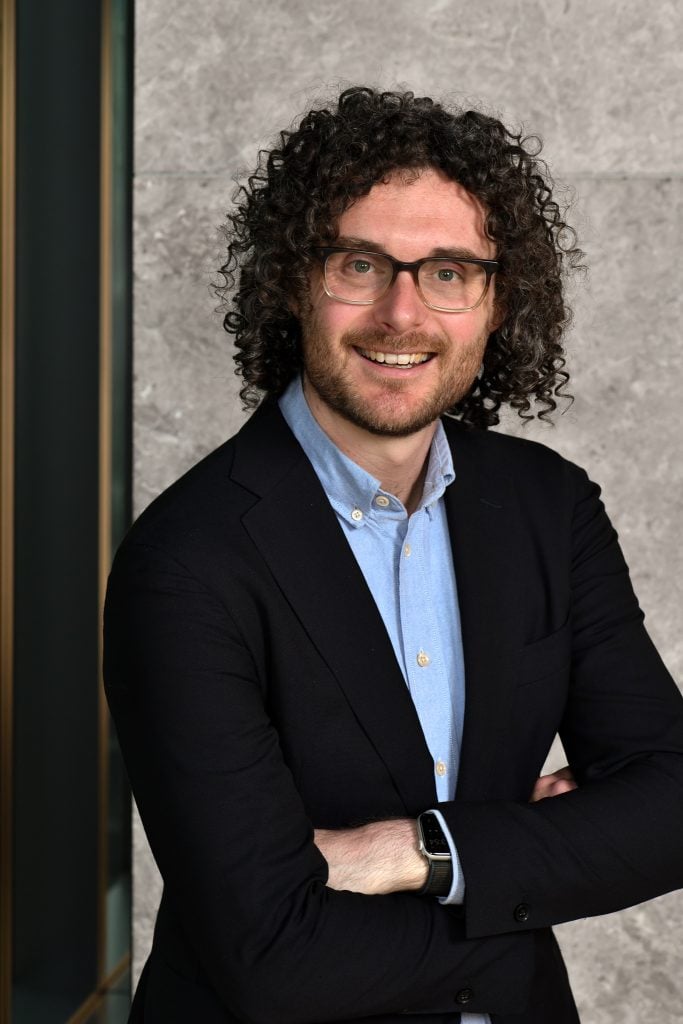Practices, OSCEs and chatbots, last gasp publications from 2020
5 March 2021
I’m playing with two threads in my thinking about higher and professional education. Firstly, sociomaterial/practice-based understandings of the world (that is, the entangled nature of things and spaces and people and activity). Secondly, as part of this entanglement, the omnipresent nature of technology and how it influences learning and working.
Of course, it is one thing to play with these ideas in my mind (in amongst all the many other competing ideas in my mind), but yet another to work with them in relation to studying some kind of phenomenon. Two very different papers illustrate some of the opportunities and challenges.
The first paper is called: The hidden labours of designing the Objective Structured Clinical Examination: a Practice Theory study (Bearman et al, 2020) This is a paper with a very long genesis: it came out of the Assessment Design Decisions project, led by Phill Dawson and myself and with Dave Boud, Liz Molloy, Gordon Joughin and Sue Bennett on a (frankly wonderful) research team. In our work on designing assessment, we noticed how different many of the medical assessments were.
Then, I was visiting U Dundee with Rola Ajjawi and together we collected data about designing the Objective Structured Clinical Examination or OSCE for short. (If you don’t know what an OSCE is, as the title alludes to, it’s rather labour-intensive form of standardised clinical assessment conducted in most medical schools around the globe.) We took Schatzki’s Practice Theory as an analytic lens (see for e.g. Schatzki 2002, 2012).
In this paper, we really wanted to consider how approaches like Practice Theory could have value for practitioners on the ground (particularly administrators because they are so frequently overlooked). The study suggests that a belief in standardisation/measurement forms a key pillar of understanding and drives ever increasing cycles of OSCE bureaucracy.
The substantial labour of the staff involved in OSCE design and administration seem to be a consequence of the ‘…large gap between the aspirations of an assessment so fundamentally focussed on reliability and validity and the complex, continually negotiated and contextually-bound practices associated with OSCE design and administration.’ At a micro level we offer some means of negotiating (although not resolving) this gap by focussing on coordination rather than standardisation; removing rules and procedures rather seeing them as a solution. At a broader level, I’ve come to understand how practice theories provide a really useful lens to think about ‘culture’ (see Watling et al 2020 and Bearman et al 2021 for our critiques of culture as a term) and to unpack our tacit enactment of ‘the way things are done’.
The second thread is about technology and what it means for higher and professional education. The first publication from CRADLE’s collaboration with the University of Copenhagen joint PhD (or cotutelle) program reflects this interest, although the word education doesn’t appear within it.
Big congratulations to Dr Christoffer Haase, the lead author as his first publication within his doctoral program! The paper, ‘You should see a doctor’, said the robot: Reflections on a digital diagnostic device in a pandemic age’ (Haase, et al 2020) is a reflection on how a chatbot – or ‘digital diagnostic device’ – guided people through COVID-19 symptoms in Denmark and directed them to activity – such as monitoring symptoms or seeing a doctor. (And it was tremendous to work with the U Copenhagen co-authors on this, who are stellar academics, with diverse expertise – this paper really reflects a meeting of disciplines as well.)
Underlying this publication are the ubiquity of technology, and a sharp reminder of how the pandemic has accelerated uses of technology across all walks of life.
The work on both the chatbot and OSCE suggests that the things that are easiest to integrate into our social worlds are those that make sense to us already. This ease of alignment also brings pitfalls. It can create the gaps between what we think something will do and what it does. It may prevent us from finding new ways of knowing. This has implications for higher education, both in how we teach student to negotiate a world of digital translation and also in examining our own teaching and assessment practices.
References
Bearman, M., Ajjawi, R., Bennett, S. & Boud, D. (online first 2020) The hidden labours of designing the Objective Structured Clinical Examination: a Practice Theory study Advances in Health Sciences Education doi.org/10.1007/s10459-020-10015-w
Bearman, M., Mahoney, P., Tai, J., Castanelli, D., & Watling, C. (online first 2021). Invoking Culture in Medical Education Research: A Critical Review and Metaphor Analysis. Medical Education. https://doi.org/10.1111/medu.14464
Haase, C. B., Bearman, M., Brodersen, J., Hoeyer, K., & Risor, T. (online first 2020). ‘You should see a doctor’, said the robot: Reflections on a digital diagnostic device in a pandemic age. Scandinavian Journal of Public Health, doi.org/10.1177/1403494820980268
Schatzki, T. R. (2002). The site of the social: A philosophical account of the constitution of social life and change. University Park: Penn State Press.
Schatzki, T.R. (2012). A primer on practices: Theory and research. (In J. Higgs, R. Barnett, S. Billett, M.
Hutchins & F. Trede (Eds.), Practice-based education. (pp. 13–26). Brill Sense.
Watling, C. J., Ajjawi, R., & Bearman, M. (2020). Approaching culture in medical education: Three perspectives. Medical education, 54(4), 289-295.
